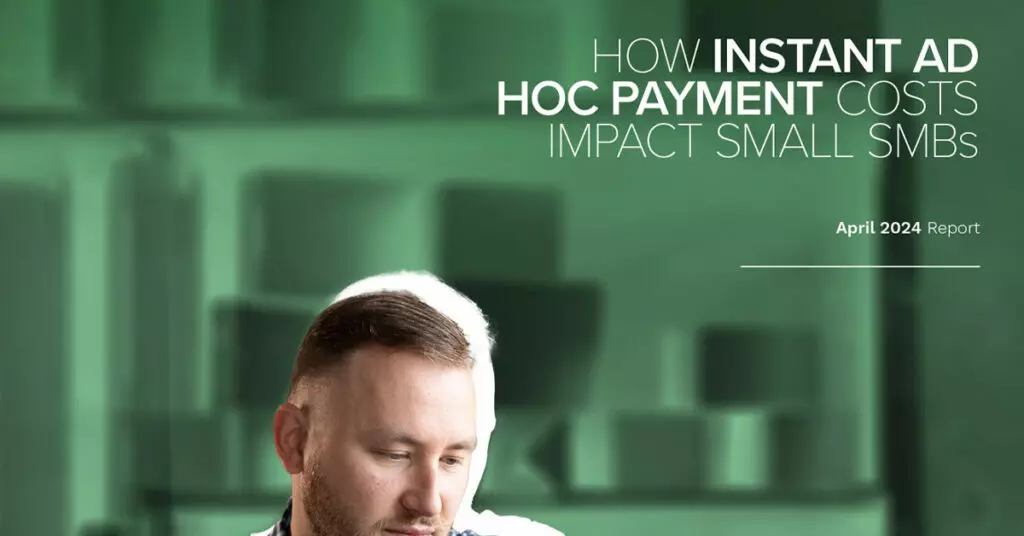Ingo Payments CEO Drew Edwards told Karen Webster in an interview that the incentive and technologies are there for forward-thinking companies and firms enabling money mobility (including Ingo) to create their own ecosystems and keep money flowing within them.
To clarify, Edwards noted the traditional rails, cross-border marketplaces and “proprietary payment mechanisms” — the Visas and Mastercards of the world — are not going to be displaced.
Looking Toward Mini-Ecosystems
But in the weeks and years ahead, scores of mini-ecosystems will emerge across use cases and verticals, connected, at times, across a continuum of financial activities.
That’s bringing more business Ingo’s way, said Edwards.
“We’re getting treasurers and payments leaders and business leaders asking, ‘How do we turn all these money flows into a business model for us?’” he said.
The old way might have been to simply opt to become a PayFac and perhaps get into merchant acquiring. But putting walls around the ecosystems makes more sense and offers significantly more attractive revenue opportunities, he said.
Picture the modern college campus as an example. In 2024, halfway through the second decade of the millennium, it’s a reality that money flows occur online and offline in seamless fashion in the hallowed halls of secondary education.
Edwards mused that his daughter, who is now at university, lives in a money movement ecosystem where shopping for books, college-themed clothing, meal plans and the like are all interconnected to individuals as parents add money to their university-housed accounts and that money is spent.
“Everything’s right there,” he said.
Ingo Payments has clients that have millions of consumers interacting with firms and providers in contained environments. And with the emergence of the cloud, of new and faster payments rails, noted Edwards, “the technology is perfect for us to create ‘off-network opportunities’ for money to stay within those environments and use [cost] savings to incent loyalty in those environments.”
But for connected commerce and the linking of mini-ecosystems — and the emergence of super apps — to become reality, businesses need to bring in third parties to keep customers engaged.
PYMNTS Intelligence found that nearly 7 in 10 respondents in the United States expressed a strong desire for a mobile app that combines their retail and grocery shopping activities. Edwards noted in a past interview with Webster that with the emergence of the FedNow® Service, more use cases are relevant.
“The mainstream consumer expects instant payments … and [Ingo’s] already seeing companies that were not all that interested before saying that ‘We need to talk about faster payments for next year,’” Edwards said in December.
Verticals as diverse as gaming and trucking (with rest stops, refueling and meals on the road) represent the vast potential of these ecosystems.
Joint research from PYMNTS Intelligence and Ingo Payments, with a spotlight on gaming (specifically sports betting), found that when payors offered the option, 79% of gamers chose an instant disbursement. Seventy-six percent of consumers who did not have the choice would have selected it if available.
On the long-term potential of the mini-ecosystem, said Edwards, “I’m a 100% believer.”







